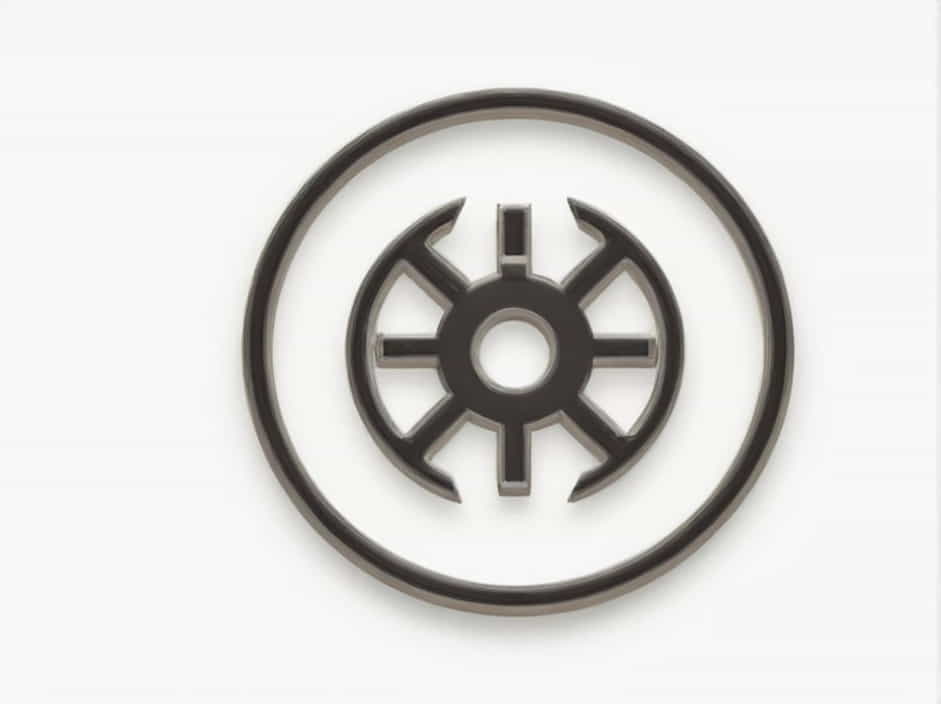Radioisotope dating, also known as radiometric dating, is one of the most reliable methods for determining the age of rocks, fossils, and archaeological artifacts. This technique is based on the natural decay of radioactive isotopes, allowing scientists to measure the passage of time with remarkable precision.
Over the decades, radioisotope dating has been tested, refined, and widely accepted as a crucial tool in geology, archaeology, and paleontology. This topic explores why radioisotope dating is a viable technology, how it works, its applications, and its reliability.
How Does Radioisotope Dating Work?
Understanding Radioactive Decay
Radioisotope dating relies on the predictable decay of unstable isotopes into more stable forms. This process occurs at a constant rate known as the half-life, which is the time required for half of the original radioactive material to decay.
For example:
- Carbon-14 (C-14) decays into Nitrogen-14 (N-14) with a half-life of 5,730 years.
- Uranium-238 (U-238) decays into Lead-206 (Pb-206) over 4.5 billion years.
- Potassium-40 (K-40) decays into Argon-40 (Ar-40) with a half-life of 1.3 billion years.
By measuring the ratio of the parent isotope to the daughter isotope, scientists can determine the age of a sample.
The Importance of Half-Life in Dating
Each radioactive isotope has a unique half-life, making it useful for dating different types of materials:
- Short half-life isotopes like Carbon-14 are useful for dating organic materials up to 50,000 years old.
- Long half-life isotopes like Uranium-238 are ideal for dating ancient rocks and minerals over billions of years.
The reliability of this method is based on the fact that radioactive decay rates remain constant over time, unaffected by environmental conditions such as temperature, pressure, or chemical changes.
Why Is Radioisotope Dating a Viable Technology?
1. High Accuracy and Precision
Radioisotope dating provides highly accurate and precise age estimates because:
- Decay rates are constant and well-understood.
- Advanced laboratory techniques allow for precise isotope measurements.
- Cross-verification with different isotopes and dating methods increases reliability.
For example, when multiple dating methods (such as Uranium-Lead and Potassium-Argon) provide consistent results, it confirms the validity of the data.
2. Used in Multiple Scientific Fields
Radioisotope dating is not limited to geology. It plays a critical role in:
- Archaeology – Dating ancient tools, bones, and artifacts.
- Paleontology – Determining the age of fossils and past life forms.
- Earth Sciences – Studying the history and formation of Earth’s crust.
- Space Science – Dating meteorites to understand the age of the solar system.
This versatility demonstrates why radioisotope dating remains one of the most widely used dating methods in science.
3. Independent of Environmental Conditions
Unlike some dating techniques that depend on external factors, radioisotope dating remains unaffected by temperature, pressure, or chemical processes. The decay of radioactive elements occurs at a fixed rate, regardless of external influences.
This ensures that the method remains reliable over vast time periods, making it ideal for studying Earth’s ancient history.
4. Cross-Verification with Other Methods
One of the strongest arguments for the reliability of radioisotope dating is that it aligns with other dating methods:
- Dendrochronology (Tree Ring Dating) confirms carbon-14 results for recent history.
- Ice Core Dating provides independent age markers for comparison.
- Stratigraphy (Rock Layer Dating) supports radiometric dating results in geological studies.
By cross-referencing data from multiple sources, scientists can ensure high confidence in the accuracy of radioisotope dating.
5. Used to Establish the Geological Time Scale
The entire geological time scale is built upon radioisotope dating. Scientists have used this method to date:
- The age of the Earth (4.54 billion years).
- The timing of major events like mass extinctions and ice ages.
- The formation of continents and mountain ranges over millions of years.
Without radioisotope dating, our understanding of Earth’s history would be incomplete.
Different Types of Radioisotope Dating
1. Carbon-14 Dating (Radiocarbon Dating)
- Used for dating organic materials like bones, wood, and charcoal.
- Effective for samples up to 50,000 years old.
- Commonly used in archaeology and anthropology.
2. Uranium-Lead Dating
- Used for dating ancient rocks and minerals.
- Can date samples billions of years old.
- One of the most precise dating methods available.
3. Potassium-Argon Dating
- Used for volcanic rocks and minerals.
- Helps date early human fossils in Africa.
- Works for samples older than 100,000 years.
4. Rubidium-Strontium Dating
- Used for very old rocks and meteorites.
- Helps determine the age of the solar system.
Each of these methods is tailored for specific materials and time ranges, ensuring a wide range of applications.
Common Misconceptions About Radioisotope Dating
1. ‘Radioisotope Dating Is Unreliable’
Some skeptics argue that radioisotope dating is flawed, but extensive research shows that it consistently produces reliable results when properly applied. Multiple independent studies confirm its accuracy.
2. ‘Decay Rates Can Change’
Scientific evidence shows that radioactive decay rates remain constant under all known conditions. Even extreme heat, cold, or pressure does not affect decay rates.
3. ‘Contamination Can Skew Results’
While contamination is possible, scientists use advanced techniques to eliminate errors. Careful sample collection, preparation, and cross-verification ensure the reliability of data.
The Impact of Radioisotope Dating on Science
Radioisotope dating has transformed our understanding of:
- Human history – Dating ancient civilizations and early human fossils.
- Evolution – Establishing the timeline for life on Earth.
- Climate change – Studying past climate conditions through ice cores.
- The age of the solar system – Determining when planets and asteroids formed.
Without this technology, many scientific discoveries would remain impossible or highly uncertain.
Radioisotope dating is a viable and essential technology because it provides accurate, reliable, and consistent age estimates across various scientific fields. Its precision, independence from environmental factors, and ability to be cross-verified make it one of the most trusted dating methods available.
From determining the age of ancient fossils to unlocking the secrets of our planet’s past, radioisotope dating remains a cornerstone of modern science.
